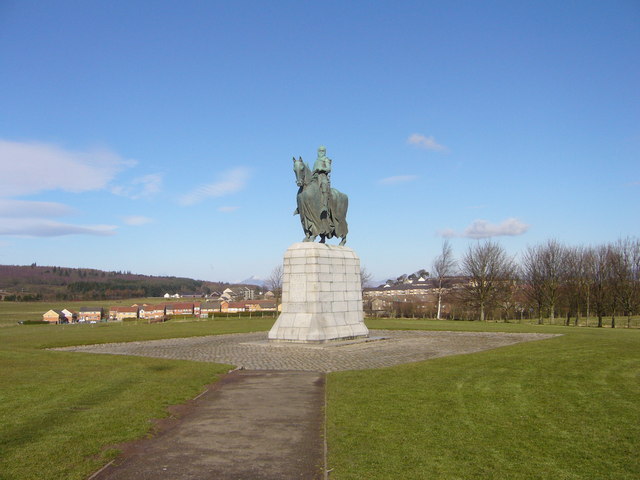For a game that includes magical apples, secret world controlling cults, and time-traveling pseudo-science, the Assassin’s Creed games are aesthetically very accurate. The digital recreations of ancient cities, outfits, and buildings are shockingly authentic and detailed. Although the historical figures and events in the game differ from their real-world counterparts, the setting has been commended by many for its historical accuracy. Assassin’s Creed Unity, for instance, recreated the layout of Paris, the Eiffel Tower, and Notre Dame. According to The Verge, Caroline Miousse, an artist for Ubisoft, spent two years recreating the cathedral and modeling it down to the brick. It isn’t a perfect reconstruction, but it’s very close. Soon, Ubisoft plans to release a VR tour of the game and teased it in the video below.
Games, even games that are closer to science fiction than historical fiction, can be a great teacher. Many who play the Assassin’s Creed games walk away with a little more knowledge about history. If they paid attention to their surroundings as they played, they saw the beauty of a place they might never have a chance to visit. If that’s true for a video game about saving the world from the Knights Templar, then how much more success would a game like Tecumseh Lies Here have?
Tecumseh Lies Here (TLH) was designed to teach and help a student learn about a historical event and how to research that event. Part digital, part tabletop roleplaying, and part travel and exploration, TLH is an immersive experience that encourages the student to reason and learn in ways they otherwise wouldn’t. Frankly, if the educator has the time and means, it is the perfect game for teaching. Compeau and his associates were able to adapt the game to the different groups of students and the situations in which they found themselves. Incorporating Twitter, YouTube, and texting into museum visits and hunting through archives, allowed the student to learn history and how to be a historian. If it wasn’t for the sheer difficulty and amount of work that goes into setting up the game, it would be worth allowing all students to participate.
The unfortunate fact is that augmented reality games of that complexity and magnitude are unfeasible for most schools. However, at the speed that technology is advancing and its usefulness in the teaching process, teachers need to find ways to incorporate digital media into their classrooms in ways that are fun and memorable. Although assigning Assassin’s Creed might not work, there are plenty of other historical games. Teachers might be able to use games like these to introduce or supplement a lesson. Youtube videos like the one above and VR tours like the on Ubisoft is planning on making will allow students close looks at historically important locations. There’s even the possibility that teachers can create miniture TLHs for their classroom by having the students play a game, create videos, post on a class forum, and research in the school library.
